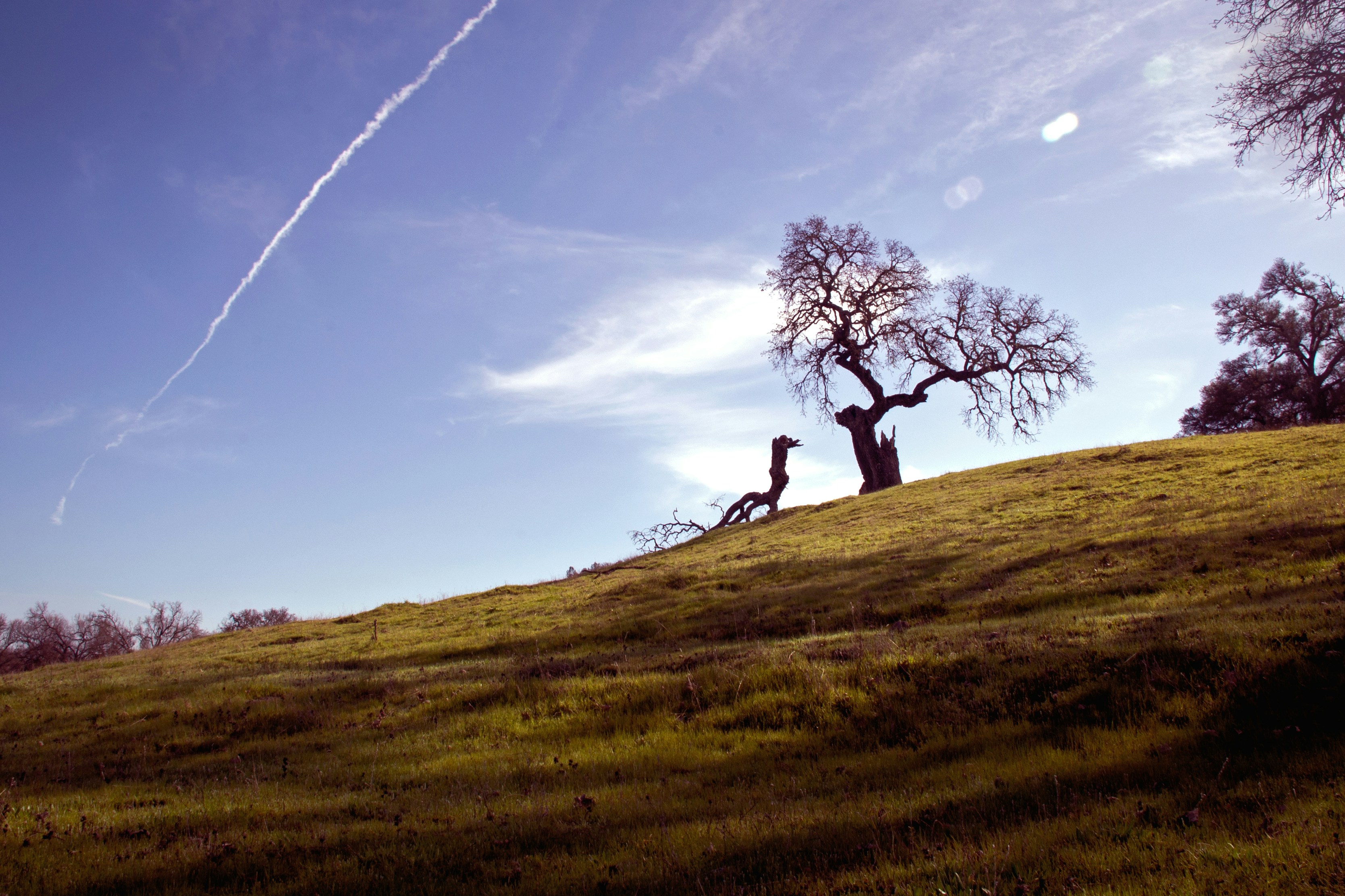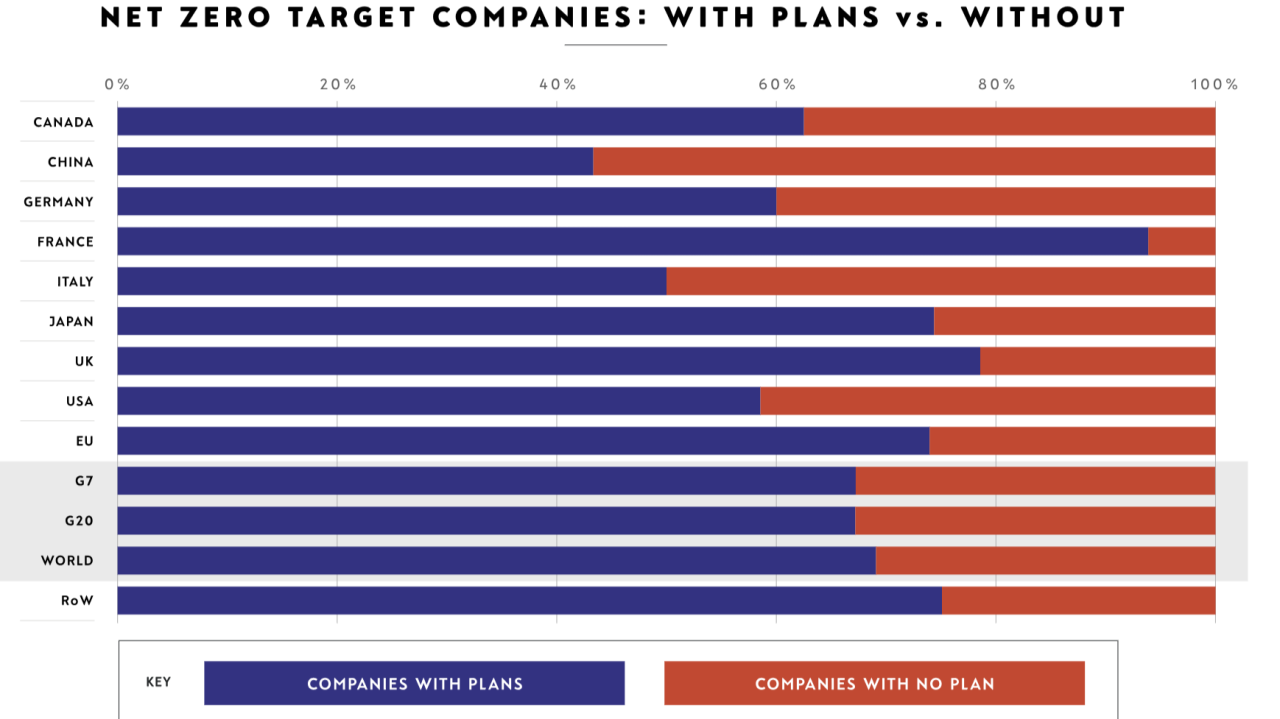
Natural capital: The strategic risk still missing from business planning

Maria Coronado Robles
Why valuing nature is now essential for resilience, compliance and growth

Without nature, your business is dead, not metaphorically, literally. Every service you provide, every supplier you depend on, and every decision you make about hiring, pricing, budgeting, expansion or innovation, rests on functioning natural systems. The water that keeps your people and facilities running, and the climate stability that keeps your markets predictable, they are all part of your operating environment. Switch them off, and your product pipeline, your revenue streams, and your market share go with them.
Yet, in most boardrooms, outside a few sectors where the link is obvious, nature is still rarely the focus until a crisis forces it into the conversation. That’s why so many companies are flying blind, running multimillion dollar operations without accounting for the health of the systems that make those operations possible.
When droughts in Taiwan slowed chip production, wildfires in California disrupted logistics, or flooding in Europe closed offices and data centres, headlines talked about delays and losses, as if it was random bad luck, downplaying the systemic environmental causes that make these crises unavoidable. Over half of global GDP, around $58 trillion, depends directly on nature. Let those systems degrade, and the economy (and your business value) degrade with them.
Belize understood this in 2021. The country refinanced its debt with a $364 million Blue Bond, buying back most of its $553 million “Superbond” at a 45% discount and cutting national debt by 12% of GDP, in exchange for protecting its ocean. The signal was clear, “nature is not a cost, but an investable asset”. Since then, sustainable bond issuance, green, blue, and nature, has surged, on track to hit $1 trillion in 2025. However, inside most companies, nature still isn’t factored into planning.
Why nature is missing from your strategy (and why that’s risky)
Capital markets have started to move but many organisations haven’t. There’s a gap between what investors, clients, and stakeholders expect and what leadership delivers, and it comes down to three barriers.
Complexity
Ask anyone in business how they track biodiversity, soil health, or water quality across the places they operate, source, invest, or serve clients, and you’ll often hear, “We can’t track it yet”. We like to pretend this is a data problem, that once the metric is agreed, we’ll act. But the truth is, complexity can be a convenient shield.
Waiting for perfect data is expensive. Carbon only feels “easier” now because decades of science, regulation, and investor pressure forced us to learn how to count it, price it, and manage it. We built the tools, the standards, and the markets for carbon.
Nature is more complex, it doesn’t fit into one neat KPI, and that makes it easy to ignore, right up until the day a missing ecosystem service disrupts your ability to deliver, whether that’s a product, a project, or a client commitment.
Structural gaps
Policy and regulation for nature are still being pieced together. The Kunming-Montreal Global Biodiversity Framework has pushed companies to confront their dependence on nature, and regulation like The EU’s Corporate Sustainability Reporting Directive (CSRD) and the Taskforce on Nature-related Financial Disclosures (TNFD) are turning “we should think about nature” into compliance obligations.
But as of 2025, the regulatory map is still incomplete and under active revision. That makes it tempting to wait and stay in the comfort zone of “once there’s a standard, we’ll act.” The problem is, by the time the rules tighten, late movers will be paying more to catch up while early movers will already have built the capabilities, the data, and the market position.
The capability gap
The fastest fixable barrier is inside your own walls. Your carbon literacy is probably higher now than it was five years ago. More people can now explain how emissions link to operational risk and reputation, and some teams in procurement, finance, operations, and service delivery can connect carbon to their day-to-day decisions.
Nature is a different story. Only a few executives can articulate how biodiversity loss, soil degradation, or planetary boundaries translate into balance-sheet risk, or how those pressures could affect their value chain. Ask procurement how upstream water stress could impact delivery timelines for manufactured goods or outsourced services; finance how ecosystem shifts could impact availability, costs, and therefore hit commodity prices; or operations how environmental degradation could disrupt stability, timelines, or quality. If people can’t clearly see the link to their work, they’ll default to business as usual.
A few years ago, global participatory and storytelling organisation Letters to the Earth invited people of all ages to write to the planet. Some letters were full of grief and/or urgency, others were hopeful, and some afraid. But no matter the tone, they all had one thing in common: they were about us, our future, our families, our ability to live well.
In businesses we too need to absorb that truth. Nature is not something “out there,” managed by conservationists and governments. You wouldn’t run your business without understanding your IT systems or cash flow, so why run it without knowing the state of the ecosystems that support it?

Natural capital: The cost of waiting and the scale of the opportunity
Inaction is never neutral, it is expensive and the cost compounds. Oxford University estimates that the degradation of natural capital is bleeding $5 trillion a year from the global economy. And that cost shows up as higher input, disrupted supply chains, delayed project schedules, rising insurance premiums, regulatory pressure, and investor demands. If you wait until it’s a line item in your profit and loss statement, you’ve already paid too much.
But the upside is just as big. Companies that account for nature in their planning are already finding new sources of value, resilience, and competitive advantage. Regulation sets the minimum but the advantage goes to those who factor nature into every decision that affects profit, operations, and resilience. And the opportunity is moving faster than most boards realise:
- Investors are betting on biodiversity-positive ventures. The money is flowing to companies that treat nature as infrastructure. Investors are backing biodiversity-positive startups, with venture firms like Superorganism funding innovations such as Spoor AI (monitoring bird activity at wind farms) and BluumBio (using enzymes to remove pollutants).
- Banks are incorporating resilience into lending. Lloyds Banking Group, the UK’s largest agricultural lender, now includes environmental assessments and capability building in its loan terms, protecting both farmers and its own asset base.
- Insurers are pricing ecosystem risk. EIOPA’s 2025 biodiversity risk report found 30% of insurers’ bond and equity exposures depend on ecosystem services, prompting them to integrate biodiversity into underwriting.
- Tech platforms are closing the visibility gap, delivering real-time data on ecosystem health and natural capital flows so companies can better connect day-to-day decisions, from investment choices to client delivery, directly to the state of the systems that sustain them.
What can businesses do?
Most companies fail on execution, a strategy only works if people can act on it. People across procurement, finance, operations, delivery or strategy need to understand how the choices they make every day connect to the state of nature, and what they can do about it in their roles.
Turning this into action, from where you sit:
- If you work in procurement, start mapping suppliers, whether they provide goods, services, or specialised expertise, against ecosystem risks such as water stress, soil degradation or biodiversity loss.
- If you are part of the finance team, integrate biodiversity loss and ecosystem change into your risk models, from commodity exposure to client portfolio resilience.
- If you’re in operations or service delivery, assess where environmental shifts could disrupt your ability to meet demand, whether that’s physical production, project timelines, or client commitments, and start building resilience plans now.
You make that happen by:
- Expert-led, targeted learning: role-specific and directly tied to business outcomes, so your people can act on nature risk and opportunity from where they sit.
- A shared language: if finance, operations, product, and HR can’t talk about nature together in terms that make sense for their work, nothing changes.
- Boards leading from the front: nature must be a visible strategic priority, with management held accountable to clear, measurable targets tied to nature outcomes, not just carbon or revenue. When leadership signals that nature is core to resilience and growth, it gives permission to, and puts pressure on, teams to innovate within that frame.
How learning drives business opportunity
You can wait until regulation forces the change, or you can decide that nature is fundamental to your business resilience and profitability, and start equipping your teams with the skills, context, and confidence to act.
Natural capital is core infrastructure, just as vital as energy, transport, or human capital. Organisations in every sector are now hiring for it, with opening positions like Head of Natural Capital, Natural Capital Manager and Principal Nature Consultants to help integrate nature-related risk and opportunity directly into strategy and operations. This is what resilience and future growth look like.
That’s why we’ve developed the “Natural Capital and Biodiversity” learning pathway, with leading practitioners like James Clifton (Co-Founder and Chief Strategy Officer at Cultivo) and Oliver Bolton (a ClimateTech entrepreneur, and founder and CEO of Earthly). Whether you’re in finance, procurement, strategy, or operations, this knowledge is critical.
We bring in practitioners who’ve solved the problems you’re facing. For example, in Introduction to Regenerative Agriculture, and Reimagining Corporations through Regenerative Agriculture, Koen van Seijen, who works in regenerative agriculture and food systems, teaches how investors, businesses, and farmers can collaborate to build supply chains that restore rather than deplete. In the video Setting a Corporate Water Strategy, Hydrogeologist Will Sarni takes water crisis, often a vague “future problem” for many companies, and walks us through how to assess it, plan for it, and integrate stewardship into operations.
This isn’t about becoming an ecologist, it’s about having the skills that are the lever to reduce risk and open new opportunities for the business. If your role touches service delivery, operational stability, margin protection, or growth, you’re already in the natural capital business. The question is whether you’re managing it intentionally, or leaving it to chance.
Raising the bar: The new standard for natural capital leadership
We’ve reached the point where treating nature as a side issue is a strategic liability. The winners will embed it into every operational and investment decision, reward teams for acting on it, and measure progress in terms of both resilience and return. As Sir David Attenborough reminds us: “The natural world is changing. And we are totally dependent on it.” The real leadership question is not whether to act, but how quickly we can bring nature back into focus, before disruption becomes irreversible, and before the window for true competitive leadership closes.
The companies that make the shift now will own the advantage. The rest will be explaining to shareholders why they didn’t see it coming.
Meeting this challenge requires building capability. Every role, every level, every function in the business must understand:
- The critical importance of natural capital
- How natural capital applies to business strategy and operations
- Ways in which nature investment is shifting the paradigm, and unlocking value
- How every member of the workforce can actively contribute to meaningful change
We see it every day, the right learning transforms understanding, drives action, and creates lasting change. The businesses that win will be the ones that make that transformation now.

Maria Coronado Robles
Share "Natural capital: The strategic risk still missing from business planning" on
Latest Insights

Lights in the fog: Positive signals for sustainability investment
2nd October 2025 • Henry White
































